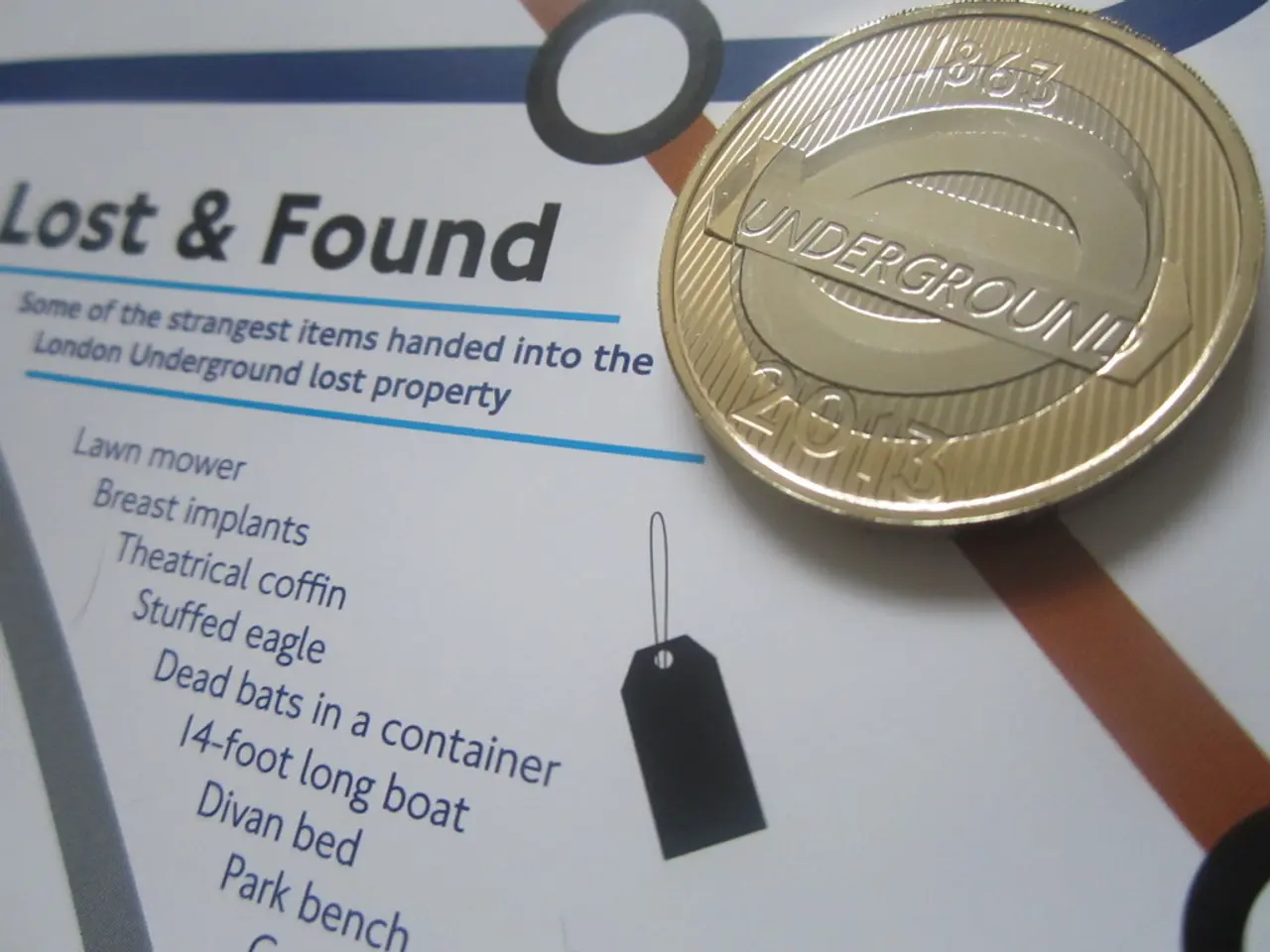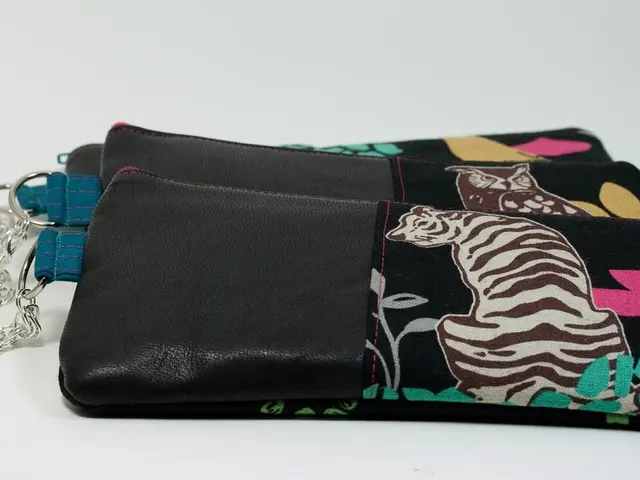Crypto meme currencies have now reached a point where development and innovation are necessary to stay relevant.
Artur Gulinski's Journey from Memecoins to Building Real Infrastructure in Crypto
Artur Gulinski, a pioneer in the high-risk frontier of Web3, has shared his experiences and insights from his journey through the memecoin era and beyond.
Gulinski entered the crypto market in 2017, riding the early ICO wave and later falling into NFTs and memecoins. He was deeply involved in activities such as boosting volume, creating tokens, advising projects, and operating in a grey area. However, his activities came with risks, and he saw the memecoin season of 2023 as a turning point.
The memecoin era, according to Gulinski, served its purpose but now needs to evolve. He believes that the expectations set by early crypto returns have distorted founder incentives, and it's time to build real infrastructure in the crypto ecosystem.
Gulinski learned that he is not a trader and does not have the emotional capacity for it. He made money and lost money in the culture of memecoins and Degen speculation. Yet, he credits the "degen" culture for opening doors and connecting him with other founders and real projects.
This connection proved crucial when Gulinski's business scaled to $200,000 per month within six months. Token-gated communities like CPG Club played a significant role in his networking. For instance, each mint for Murakami Flowers cost 0.1 ETH and resold instantly for 6 ETH.
However, Gulinski saw the risks in his activities and decided to pivot, leading him to step down from his team. He now focuses on Zekret, where he no longer actively participates in degen communities. Gulinski thinks the crypto space needs structure to attract institutions.
As of 2025, memecoins remain a dynamic and influential segment of the cryptocurrency market. Despite their inherent volatility, tokens like LILPEPE have raised nearly $20 million during presale phases, demonstrating strong community support and technical improvements. Other meme projects thrive on popular ecosystems like Solana, showing strong liquidity and trading volumes with viral community engagement.
The memecoin sector is under regulatory scrutiny due to its high volatility, meme-driven valuations, and experimental tokenomics. However, the rise of auditable, partly utility-driven memecoins may help this sector navigate the regulatory landscape more effectively by demonstrating increased transparency and value proposition.
In terms of infrastructure, some memecoins are evolving beyond simple tokens by integrating Layer-2 solutions, scalable blockchain architectures, and smart contract audits, enhancing security and trading speed. This technical deepening is redefining memecoins from pure speculative assets to platforms that potentially offer more robust utility and sustainability.
In summary, the memecoin segment in 2025 acts as a high-energy testing ground for crypto innovation, influencing both technical infrastructure planning and regulatory approaches within the broader cryptocurrency ecosystem.
Technology plays a crucial role in the evolution of memecoins, as some coins are now integrating Layer-2 solutions and scalable blockchain architectures, enhancing security and trading speed.
Gulinski, who has stepped away from degen communities, focuses on building real infrastructure in the crypto ecosystem, believing that it is necessary to attract institutions and structure the crypto space.




